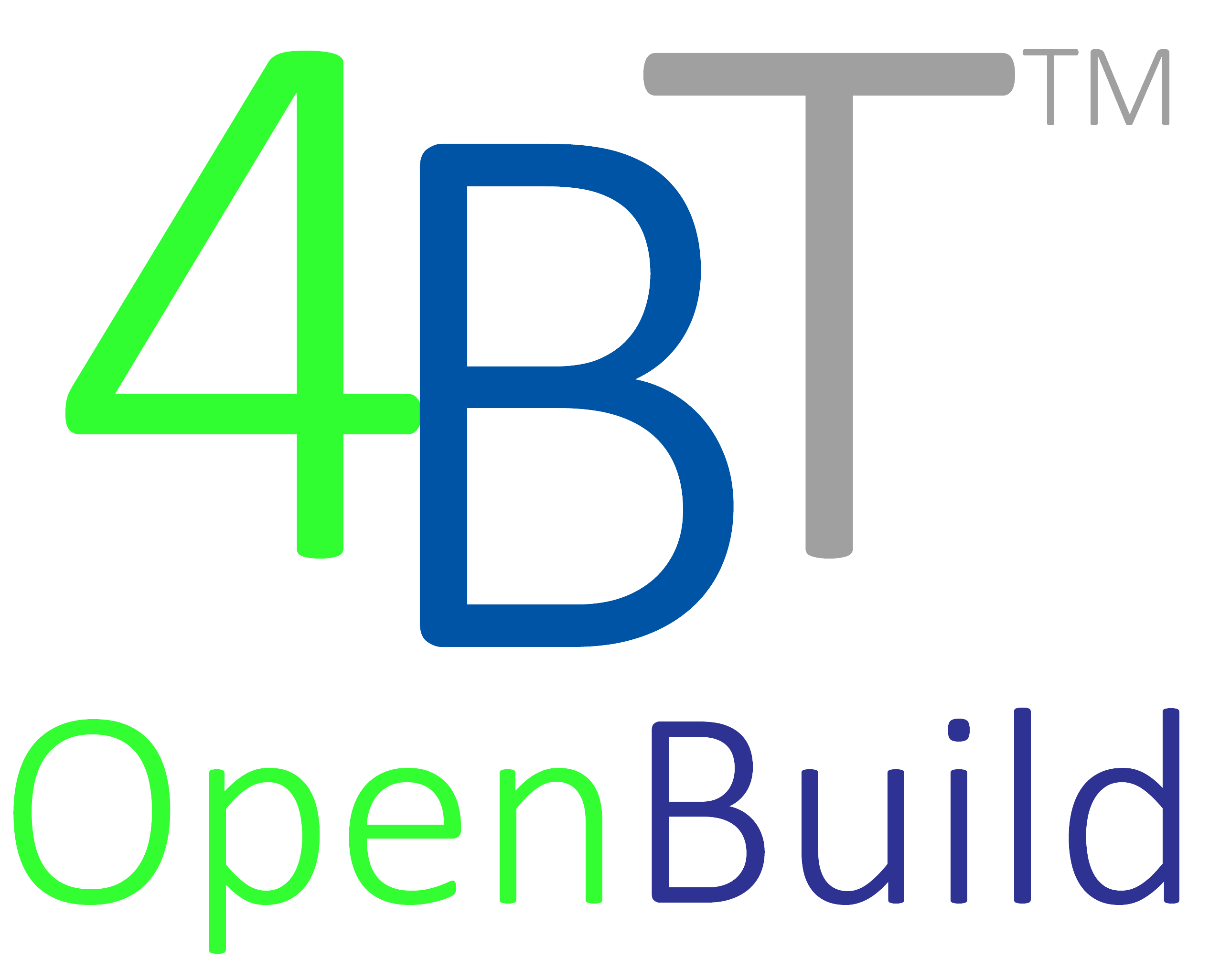Learning about Job Order Contracting?
Learning about Job Order Contracting?
What is Job Order Contracting (JOC)? JOC is both a procurement mechanism and a project delivery method. When designed and managed properly, JOC integrates planning, procurement, and project delivery processes and teams under a consistent programmatic workflow. In terms of procurement JOC is bid indefinite delivery, indefinite quantity (IDIQ) contract between a facility owner and a professional JOC construction contractor. JOC contracts typically have a one year durations, and up to four (4) option years. Extensions are not generally allowed or advisable
When should JOC be used? JOC is proven to expedite construction work on existing or new facilities and other types of physical infrastructure for repair, renovation. remodeling, maintenance, and new construction requiring minimum design.
What tools are required for JOC? A locally researched unit price book (UPB) is core element. The use of national average cost data (with or without location factors) or assemblies do not provide adequate cost visibility or cost transparency. A unit prices book of 40,000 line items is sufficient for any JOC Program.
Do I need to hire a JOC consultant? Absolutely not. All the tools and services needed to design, implement, and manage an efficient and compliant JOC Program can readily be procured.
Do I need to procure a set of technical specifications from a JOC products and services provider? No. If you have an existing set of technical specifications that a current and appropriate, these can be referenced in the JOC. The UPB will automatically reflect commercial tasks for your area. If new tasks, or technical specifications are required, they can easily be added.
What is a typical JOC workflow?

What training and support is needed? All training and support is available from service-oriented, client-centric JOC vendors to assure owners and contractors can operate efficiently. These vendors have a goal to assure owners can manage their own JOC Programs in a fully compliant and effective manner. Training is multi-formant and multi-level and is available generally includes training videos and “Quick Start Guides” that can be accessed through various technologies.
Can owners create independent estimates? Yes. Owners can develop detailed cost proposals by line item and prepare an independent estimate. The owner creates an independent estimate in the same manner that a JOC contractor does, by creating a detailed scope of work and selecting line items and quantities. The agency can then automatically compare the estimate to the contractor estimate via the JOC software and focus on variances.
via 4bt.us
Learning about Job Order Contracting is the first step towards efficient facilities repair, renovation, maintenance, and new builds.
Request the full white paper…





























 Ford lined up fabrication steps in process sequence wherever possible using special-purpose machines and go/no-go gauges to fabricate and assemble the components going into the vehicle within a few minutes and deliver perfectly fitting components directly to line-side. This was a truly revolutionary break from the shop practices of the American System that consisted of general-purpose machines grouped by process, which made parts that eventually found their way into finished products after a good bit of tinkering (fitting) in subassembly and final assembly. (Source: LEAN Enterprise Institute (https://www.lean.org/explore-lean/a-brief-history-of-lean/)
Ford lined up fabrication steps in process sequence wherever possible using special-purpose machines and go/no-go gauges to fabricate and assemble the components going into the vehicle within a few minutes and deliver perfectly fitting components directly to line-side. This was a truly revolutionary break from the shop practices of the American System that consisted of general-purpose machines grouped by process, which made parts that eventually found their way into finished products after a good bit of tinkering (fitting) in subassembly and final assembly. (Source: LEAN Enterprise Institute (https://www.lean.org/explore-lean/a-brief-history-of-lean/)



















Accuracy is a very common term used in describing the primary attribute required in construction cost estimates.
The use of the term accuracy in concert with a construction cost estimate is questionable is questionable at best but is sheer lunacy if the standard is the final construction cost!
Construction cost management, inclusive of repair, renovation, maintenance, etc., will continue to be elusive until the is a fundamental change in construction planning, procurement, and project delivery methods and processes, including the cost estimating approach.
The ONLY via method of estimating a project is to use a current, locally researched granular cost database with appropriate means and methods. That is a known standard/datum.